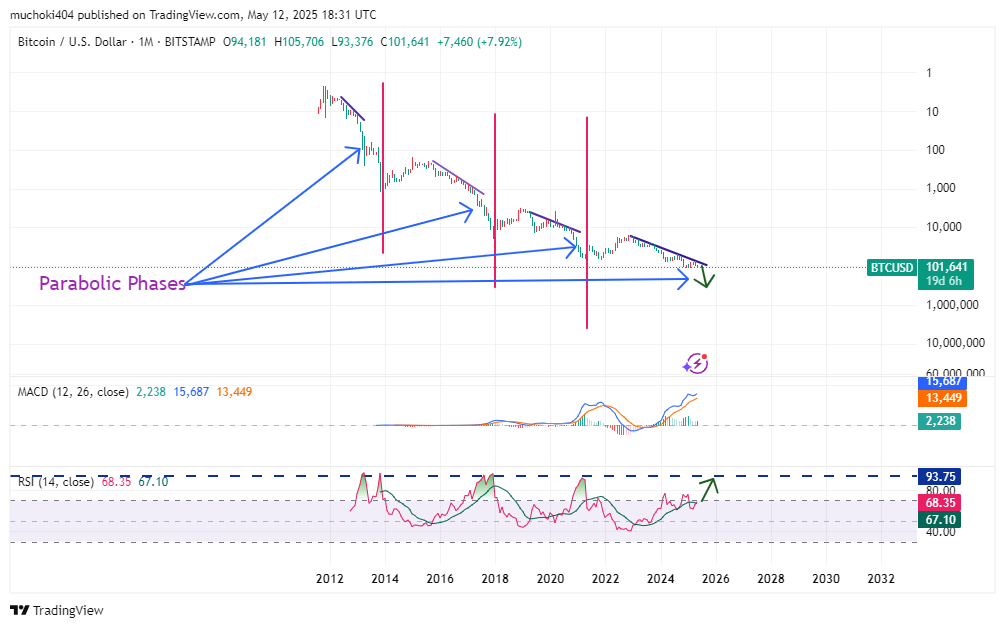
Coinbase CEO Brian Armstrong has announced plans to hire 1,000 employees in the United States in 2025, attributing the decision to recent regulatory advancements under President Donald Trump’s administration. Armstrong made the statement following the White House Crypto Summit, where he and other industry leaders met with government officials to discuss crypto regulation policies.
Coinbase CEO Brian Armstrong Announces 1,000 New U.S. Jobs
After attending the White House Crypto Summit, Coinbase CEO Brian Armstrong took to X (formerly Twitter) to reveal the company’s hiring plans. He stated that the regulatory landscape in the U.S. is improving, allowing the company to expand its workforce.
Armstrong credited the shift to President Trump’s leadership and the administration’s efforts to establish clear guidelines for crypto regulation. He emphasized that this new clarity is enabling businesses like Coinbase to strengthen their presence in the U.S. market.
Coinbase CEO added,
“Historic day at the Whitehouse Digital Asset Summit. Thanks to Trump’s leadership, along with David Sacks, the U.S. now has a Strategic Bitcoin Reserve and emerging regulatory clarity. This is directly translating to economic growth in the U.S. For instance, Coinbase plans to hire about 1,000 employees in the U.S. this year as a result of this renewed growth.
During the White House crypto summit, Donald Trump announced plans to end Operation Chokepoint 2.0, signaling a shift toward a more supportive regulatory environment. Additionally, Trump emphasized the urgency of stablecoin legislation, aiming to establish clear regulatory guidelines before Congress adjourns for summer.
Regulatory Clarity Boosts Crypto Industry Growth
The White House Crypto Summit brought together government officials, industry leaders, and regulatory bodies to discuss the future of digital assets. The event marked a shift in the U.S. government’s stance toward the crypto industry, with an emphasis on fostering innovation.
One of the major developments discussed was the U.S. government’s decision to create a Strategic Bitcoin Reserve. Armstrong expressed his support for the initiative, stating that the U.S. government holding Bitcoin signals its recognition as a key financial asset.
A major factor influencing Coinbase CEO Brian Armstrong’s hiring announcement was the US SEC decision to drop its enforcement action against the company. With the case no longer proceeding, crypto businesses now look to Congress for regulatory clarity. Armstrong stated that this development allows Coinbase to focus on business expansion rather than ongoing legal battles.
Donald Trump Administration’s Crypto Policy
Donald Trump administration has positioned itself as an advocate for the crypto industry, with officials expressing their commitment to making the U.S. a leader in digital assets. Bo Hines, the executive director of the President’s Working Group on Digital Assets, reaffirmed the administration’s goal of establishing the U.S. as the global center for crypto innovation.
Hines stated that government agencies, including the Treasury and Commerce departments, are exploring ways to invest in Bitcoin without increasing the financial burden on taxpayers. Industry leaders, including Coinbase CEO Brian Armstrong, welcomed these policy changes.
Meanwhile, VanEck has shared budget-neutral strategies in which the U.S. government could expand its Bitcoin Reserve without taxpayer funding.
The post Coinbase CEO Reveals Plans to Hire 1000 Employees as US Gains Crypto Clarity appeared first on CoinGape.







